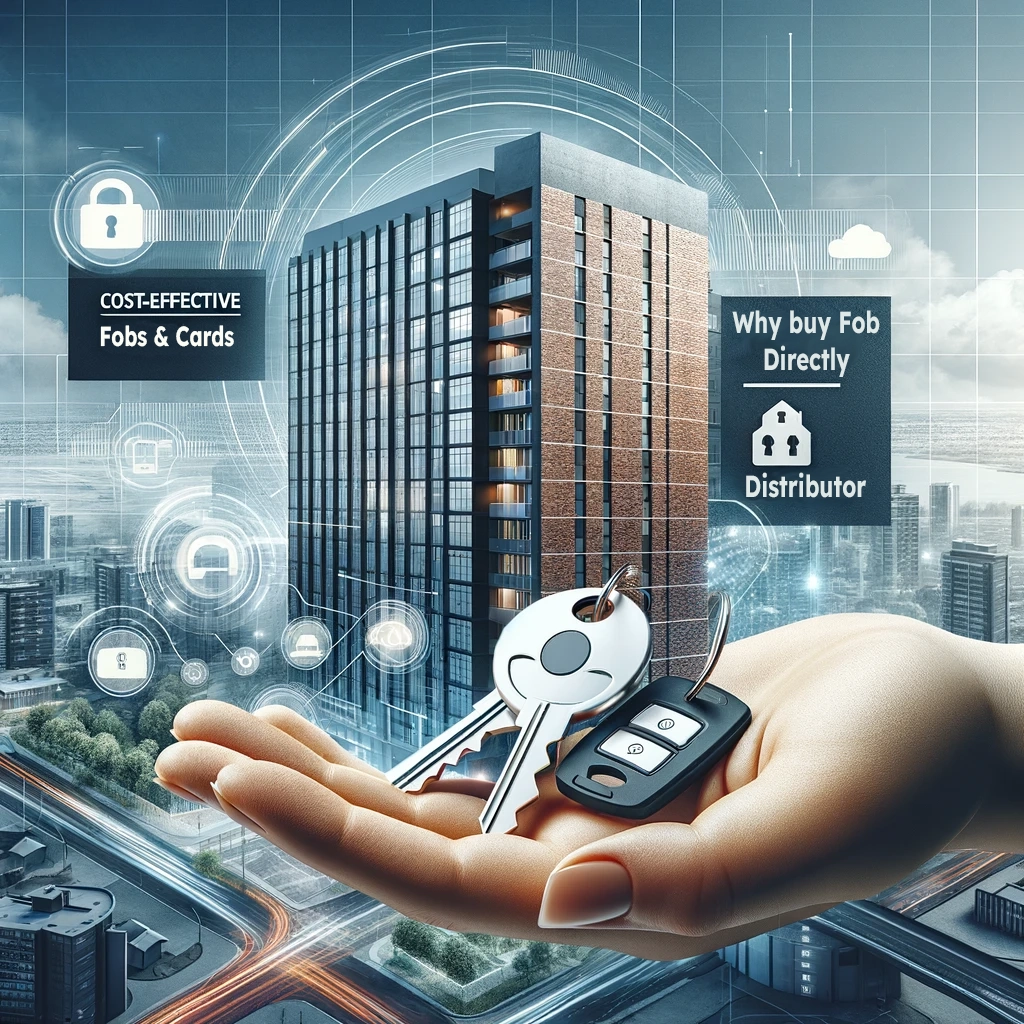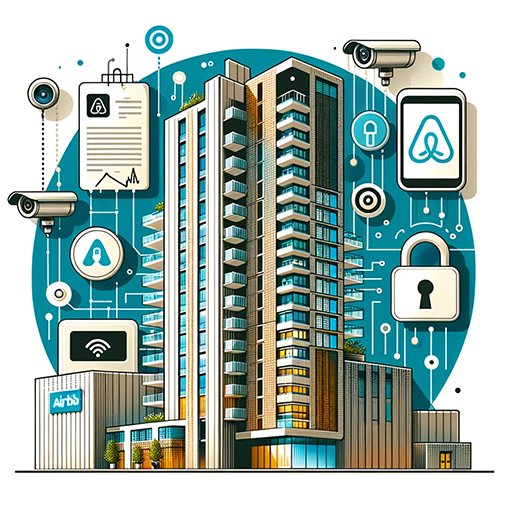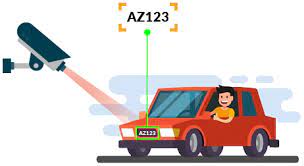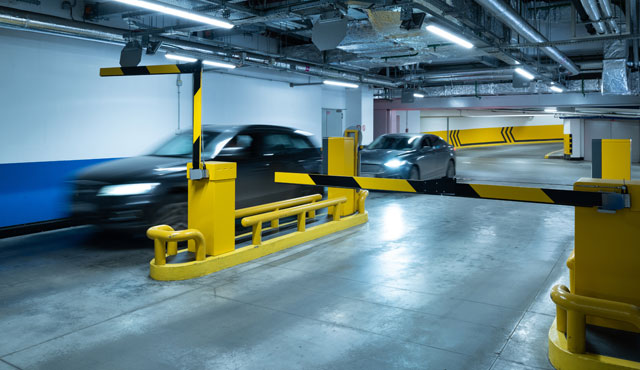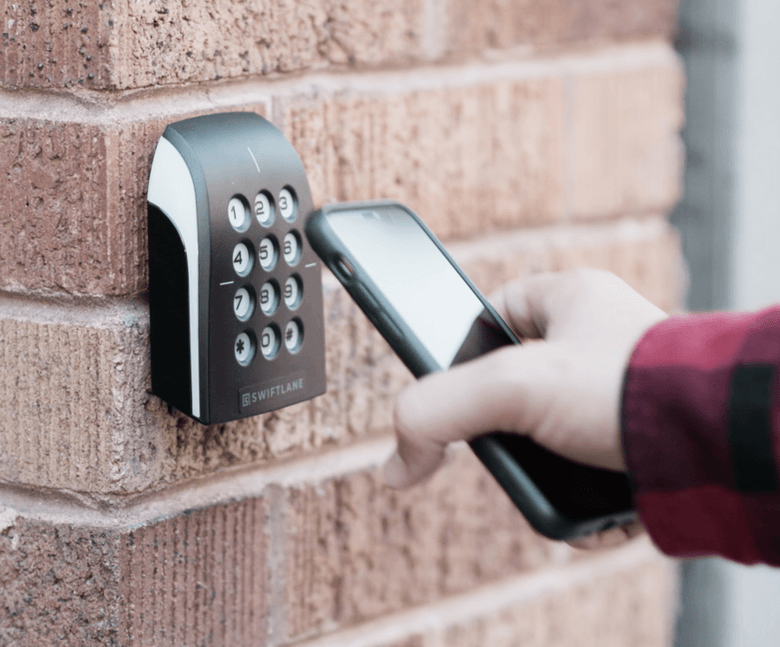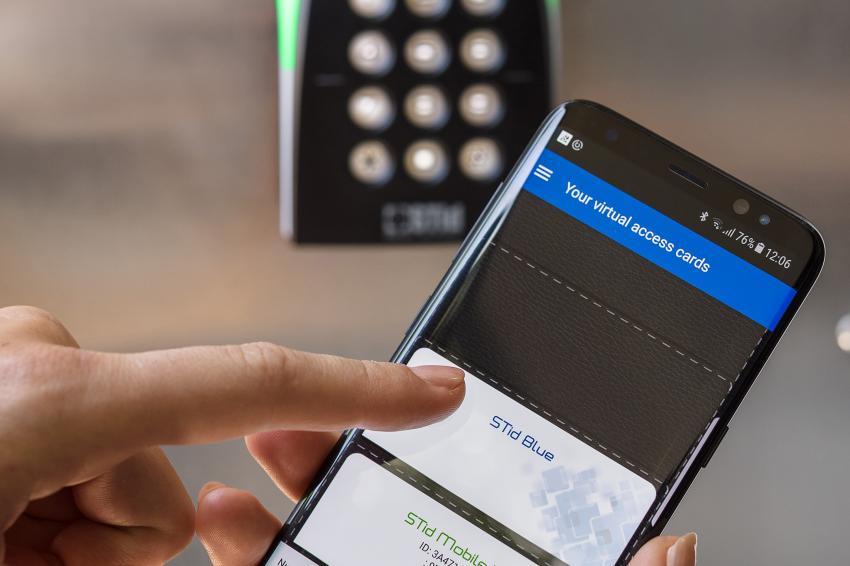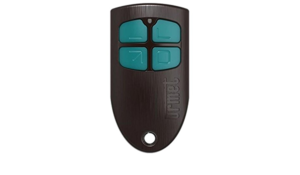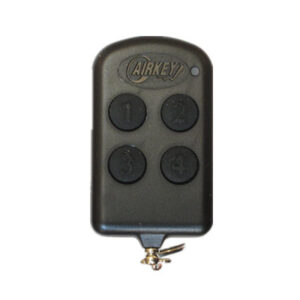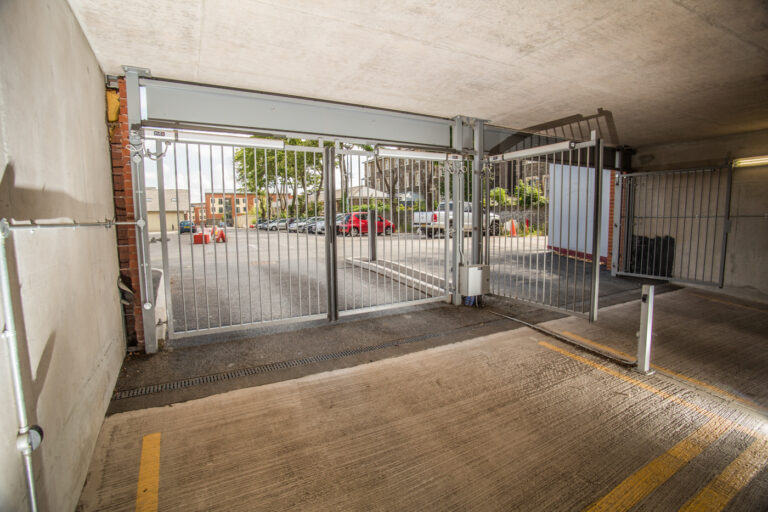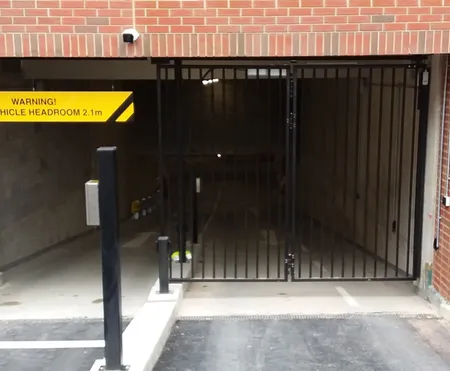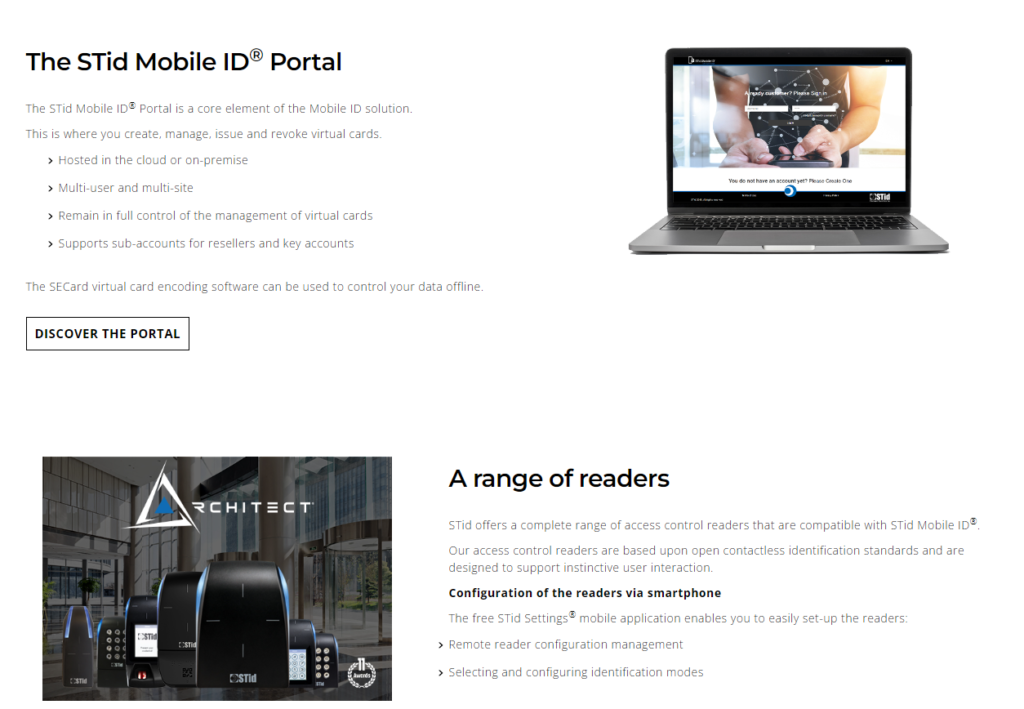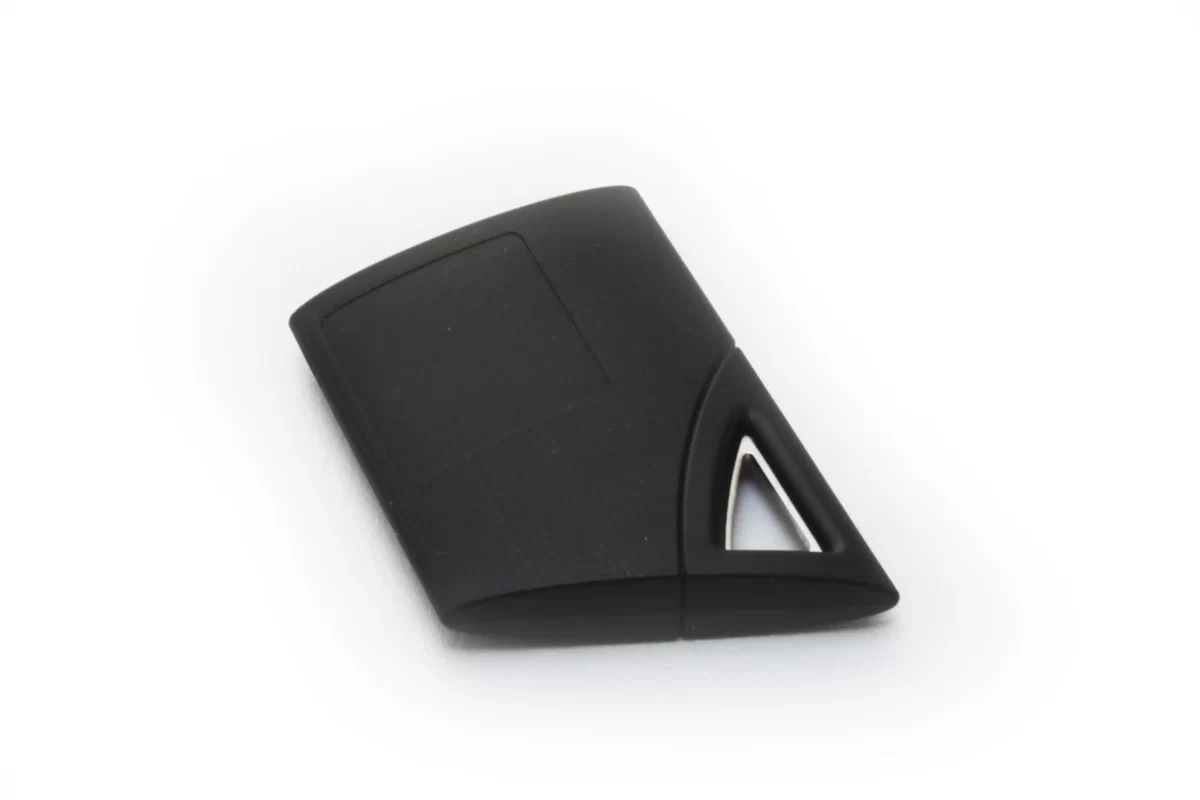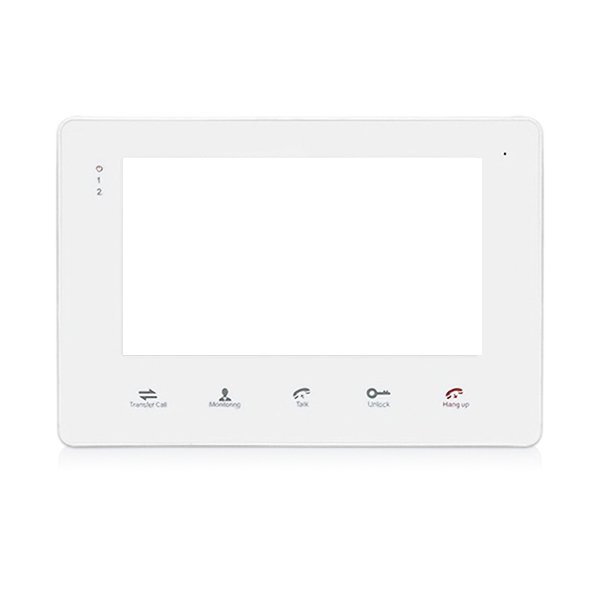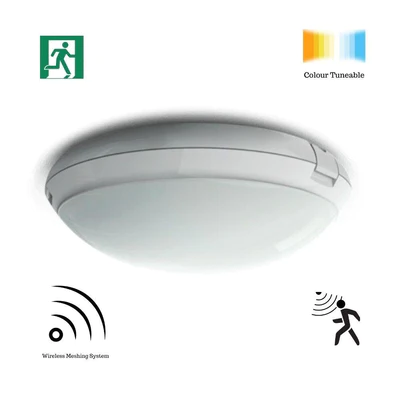# Outline of the Article
1. Introduction
2. The Importance of Keyless Door Locks
3. Advantages of Keyless Door Locks
– Convenience and Ease of Use
– Enhanced Security
– Keyless Entry Options
4. Different Types of Keyless Door Locks
– Digital Door Entry Systems
– Electronic Door Locks
– Fingerprint Door Entry
– Keypad Door Locks
– Smart Lock Entry Systems
5. Features to Consider in Keyless Door Locks
– Security Measures
– Battery Life and Power Options
– Connectivity Options
– Durability and Weather Resistance
6. Choosing the Right Keyless Door Lock for Your Needs
7. Installation and Setup Process
8. Tips for Maintaining and Troubleshooting Keyless Door Locks
9. Future Trends in Keyless Door Lock Technology
10. Conclusion
11. FAQs
## **Best Keyless Door Locks: Enhancing Home Security with Modern Technology**
in Sydney With the advancement of technology, traditional locks and keys are being replaced by more innovative and secure solutions. Keyless door locks have gained popularity due to their convenience, enhanced security features, and ease of use. In this article, we will explore the benefits of keyless door locks and discuss various types available in the market. We will also provide insights into choosing the right keyless door lock for your needs, installation and setup process, and tips for maintenance and troubleshooting. Let’s dive in!
## Introduction
In today’s fast-paced world, keyless door locks have revolutionized the way we secure our homes and businesses. These innovative systems provide an alternative to traditional locks and keys, offering convenience, flexibility, and enhanced security. Whether you’re a homeowner, a business owner, or a tech enthusiast, keyless door locks can bring a host of benefits to your life.
## The Importance of Keyless Door Locks
In Sydney Keyless door locks have become increasingly popular due to the rise in digitalization and the need for more advanced security measures. Traditional locks can be vulnerable to lock picking, lost keys, or unauthorized duplication. Keyless door locks provide a solution to these challenges by incorporating modern technology to protect your property and belongings.
## Advantages of Keyless Door Locks
### Convenience and Ease of Use
In Sydney One of the primary advantages of keyless door locks is the convenience they offer. Say goodbye to fumbling for keys in your bag or pockets. With a keyless door lock, you can enter your home or office effortlessly by using a unique code, your fingerprint, a key fob, or even a smartphone app. This streamlined process not only saves time but also eliminates the risk of misplacing or losing keys.
### Enhanced Security
Security is a top priority for any property owner, and keyless door locks provide an added layer of protection. Traditional locks can be susceptible to lock picking or unauthorized entry, but keyless door locks employ advanced encryption and authentication mechanisms. These locks are designed to resist tampering, making it significantly harder for intruders to gain access.
### Keyless Entry Options
Keyless door locks offer a range of entry options to suit your preferences. You can choose a system that utilizes a PIN code, allowing authorized individuals to enter by entering a unique combination. Alternatively, some keyless door locks integrate biometric technology, such as fingerprint recognition, providing a highly secure and personalized access method.
## Different Types of Keyless Door Locks
In Sydney there are various types of keyless door locks available in the market, each with its own set of features and benefits. Let’s explore some popular options:
### Digital Door Entry Systems
Digital door entry systems are a popular choice for residential and commercial properties alike. These systems often include a keypad or touchscreen panel, allowing
users to enter a code for access. Some advanced digital door entry systems also incorporate video cameras for added security, enabling you to see who is at your door before granting access.
### Electronic Door Locks
In Sydney Electronic door locks utilize electronic components to control access. These locks can be operated using a keypad, key fob, or smartphone app. With electronic door locks, you can easily grant temporary access to guests or service providers by sharing a unique code or virtual key. Some models even offer remote access capabilities, allowing you to lock or unlock your door from anywhere.
### Fingerprint Door Entry
Fingerprint door entry systems provide a high level of security by using biometric technology. These locks store authorized fingerprints and grant access only to recognized prints. With fingerprint door entry, you no longer need to worry about lost keys or forgotten codes. Your unique fingerprint becomes the key, ensuring secure and convenient access.
### Keypad Door Locks
Keypad door locks are a popular choice due to their simplicity and reliability. These locks feature a keypad where users can enter a PIN code for entry. Keypad door locks are easy to install and offer multiple user code options, allowing you to provide individual codes to family members, employees, or guests. Some models also feature backlit keypads for easy visibility at night.
### Smart Lock Entry Systems
Smart lock entry systems are at the forefront of keyless door lock technology. These locks can be connected to your home automation system or controlled via a smartphone app. Smart locks offer features such as remote access, activity logs, and integration with virtual assistants like Alexa or Google Assistant. With smart lock entry systems, you can enjoy advanced security features and seamless integration with your smart home ecosystem.
## Features to Consider in Keyless Door Locks
When choosing a keyless door lock, it’s essential to consider specific features that align with your needs and preferences. Here are some factors to keep in mind:
### Security Measures
Look for keyless door locks that prioritize security features such as strong encryption, anti-tamper mechanisms, and resistance to physical attacks. The lock should be certified by reputable security organizations and meet industry standards.
### Battery Life and Power Options
Since keyless door locks rely on electronic components, battery life is an important consideration. Opt for locks with long battery life or those that offer alternative power options, such as backup batteries or the ability to connect to a power source.
### Connectivity Options
If you opt for a smart lock or a lock with remote access capabilities, ensure it offers seamless connectivity with your home automation system or smartphone. Check if it supports Wi-Fi, Bluetooth, or other relevant protocols for easy integration.
### Durability and Weather Resistance
Consider the durability and weather resistance of the keyless door lock, especially if you plan to install it on an exterior door. Look for locks that are built to withstand harsh weather conditions and are made from high-quality materials.
## Choosing the Right Keyless Door Lock for Your Needs
Selecting the right keyless door lock can be overwhelming given the variety of options available. Consider the following factors to help make an informed decision:
– Assess your security requirements and identify the level of protection you need.
– Evaluate the different types of keyless door locks and their features to determine which aligns with your preferences.
– Read customer reviews and ratings to gain insights into the reliability and performance of the lock.
– Set a budget and compare prices, ensuring you get the best value for your investment.
## Installation and Setup Process
The installation and setup process for keyless door locks may vary depending on the specific model and manufacturer. It’s essential to carefully read the manufacturer’s instructions and follow the provided guidelines. If you’re unsure, consider hiring a professional locksmith to ensure proper installation and configuration.
## Tips for Maintaining and Troubleshooting Keyless Door
Locks
To ensure the longevity and optimal performance of your keyless door lock, follow these maintenance tips:
– Regularly clean the keypad or fingerprint scanner to ensure accurate recognition.
– Replace batteries as needed and keep spare batteries on hand.
– Update the firmware or software of your smart lock to benefit from the latest security enhancements and features.
– If you encounter any issues or errors, refer to the user manual or contact the manufacturer’s customer support for troubleshooting assistance.
## Future Trends in Keyless Door Lock Technology
The field of keyless door lock technology is continuously evolving, with new advancements on the horizon. Here are some future trends to look out for:
– Integration with facial recognition technology for even more secure and convenient access.
– Enhanced connectivity options, allowing seamless integration with other smart devices in your home.
– Improved energy efficiency and power management features to extend battery life.
– Integration with virtual assistants and voice command capabilities for hands-free operation.
## Conclusion
Keyless door locks have become an integral part of modern security systems, offering convenience, enhanced security, and a wide range of features. Whether you’re looking to upgrade your home security or streamline access to your business premises, keyless door locks provide a reliable and innovative solution. Consider your specific needs, evaluate different types of keyless door locks, and choose a lock that aligns with your preferences and budget. Enjoy the benefits of keyless access while ensuring the safety of your property and loved ones.
## FAQs
1. **Are keyless door locks secure?**
Keyless door locks utilize advanced encryption and authentication mechanisms, making them highly secure and resistant to tampering. However, it’s important to choose a reputable brand and model that meets industry standards for optimal security.
2. **Can keyless door locks be hacked?**
While no security system is completely immune to hacking, keyless door locks are designed to be highly secure. Manufacturers employ robust encryption and authentication protocols to minimize the risk of unauthorized access.
3. **What happens if the battery dies in a keyless door lock?**
Most keyless door locks have battery indicators that notify you when the battery is running low. In case the battery dies, you can usually use a backup key or an alternative power source to gain access temporarily.
4. **Can I install a keyless door lock myself?**
Installation difficulty varies depending on the lock model and your familiarity with DIY projects. Some locks are designed for easy self-installation, while others may require professional assistance. Always refer to the manufacturer’s instructions and guidelines.
5. **Can I still use traditional keys with keyless door locks?**
Many keyless door locks come with a key override feature, allowing you to use a traditional key as a backup option. This can be useful in case of emergencies or if the lock experiences any malfunctions.

